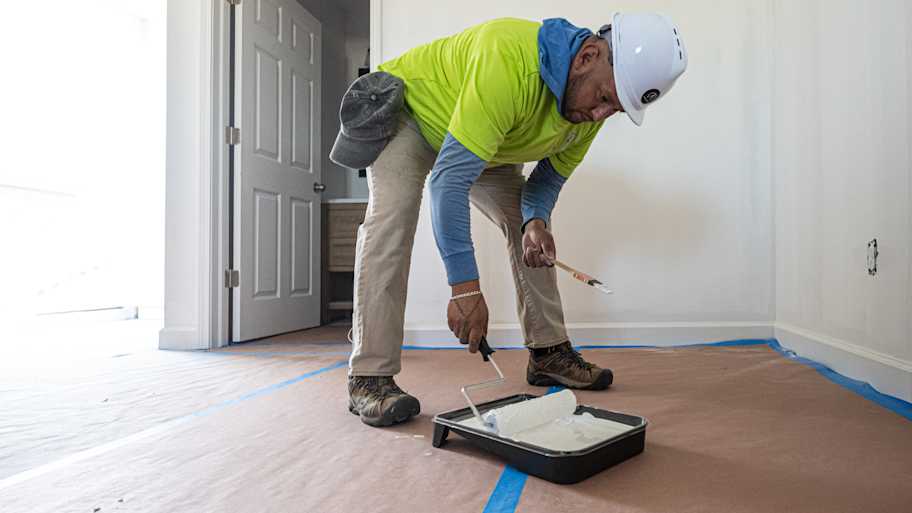How to Handle Furniture During House Painting
Knowing what to do with your furniture during house painting can make or break the project—and your budget


If you’re looking to jazz up your interior space, you really can’t get much better than a nice, new paint job. But getting the results you want can take a lot of prep work. And it all begins with knowing how to handle your furniture during house painting.
Why Moving Your Furniture Is Best
The ideal time to paint any room is when it’s empty rather than holding all the furniture in the center of the room. So, if you’re moving into your new digs and considering livening your room up with some neat, novel hues, then strike while the iron is hot and that heavy armoire is nowhere in sight.
When that’s not possible (and it’s usually not), you still may have to bite the bullet and remove as much furniture as possible if you want the best results.
Cost Savings
If you’re having your room professionally painted, removing the furniture will reduce your overall project costs. Painters would need to be navigating around furniture or use shorter tools to avoid big, heavy, and tall pieces. And that means the project will be done in less time, saving you money on hourly labor.
The pros estimate, for instance, that it can take 30%–50% more time to paint a small room crammed with furniture than it would take to paint the same room empty of furniture. That’s especially true of homes with hard-to-reach corners and unconventional wall dimensions.
Better Results
Professional painters tend to get the best results when using 4-foot poles for painting. This is not only the most efficient method, reducing work time, but it also gives the painter better leverage when applying the paint. The result is a smoother, more uniform, and more attractive finish.
Making It Work
The process is still a headache for all the benefits of removing your furniture when painting one or more rooms in your home. So, in addition to pounding a couple of aspirin ahead of time, we recommend making a plan to ensure the process is as painless for you, and your painters, as possible.
You should work with your professional to create your action plan before project day. It’s fun to discuss and eventually pick interior colors and determine how to deal with furniture in the rooms awaiting new paint.
You can use sliders, for example, to easily move your furniture without damaging your flooring. In addition, you’ll need to discuss with your professional how much of the prep work they do and how much you will need to do yourself. In most cases, you’ll be the one responsible for clearing out the room before the painters arrive, but the perk is that you’ll be saving on those hourly labor costs.
DIY vs. Professional

Painting isn’t usually a homeowner’s favorite project, especially if it’s also going to involve shifting a lot of bulky furniture around. Still, if you’re ready to put in the sweat equity, it can save you quite a bit of coin if you do it yourself. Hiring a professional painter costs between $20 and $50 per hour on average.
On the other hand, if you do the work yourself, you’re likely only out the cost of the materials. For example, a gallon of paint generally costs between $20 and $100 and typically covers around 400 square feet. Add primer to that, and you’re looking at around $25 per gallon on average.
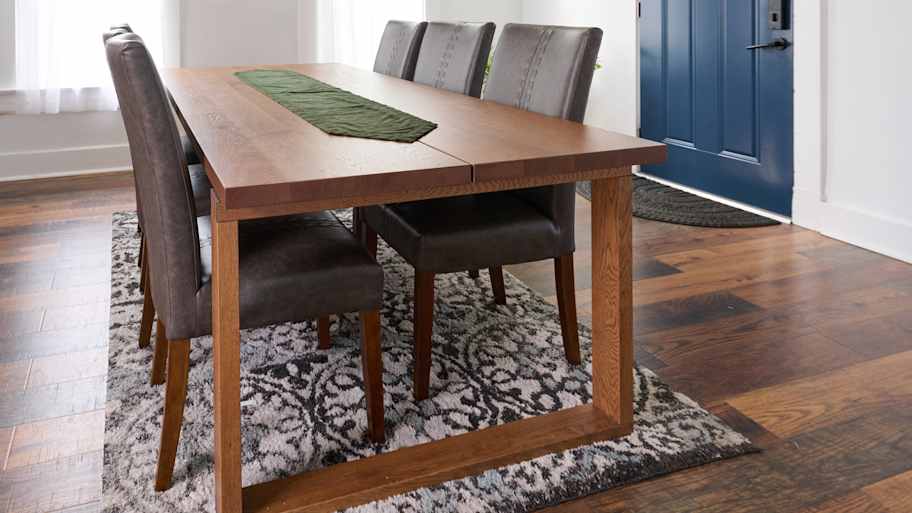
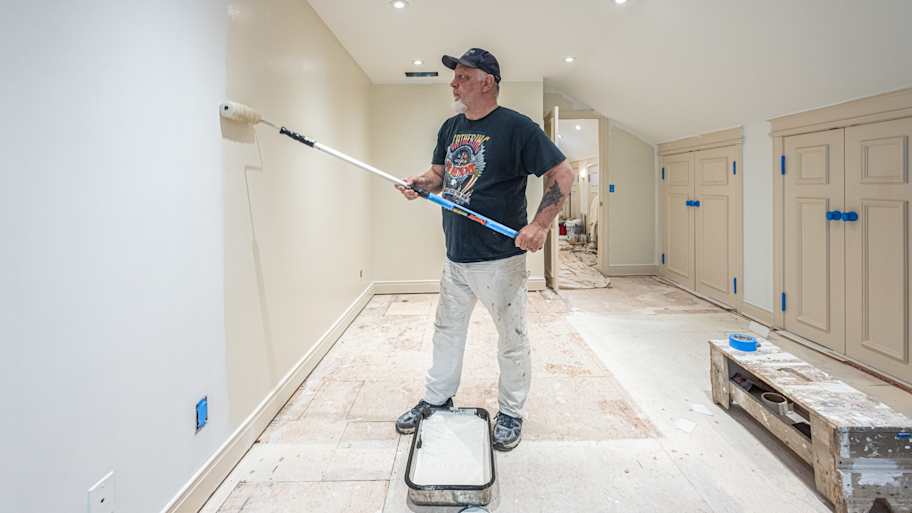
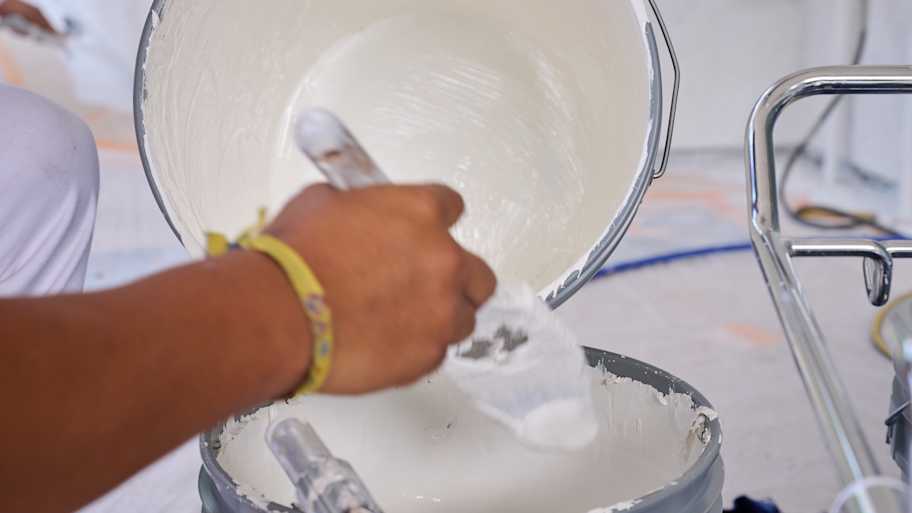
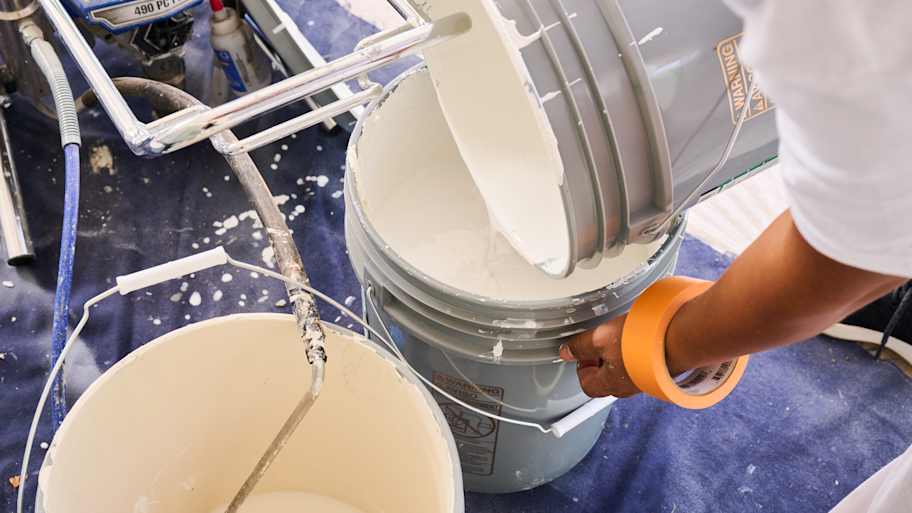
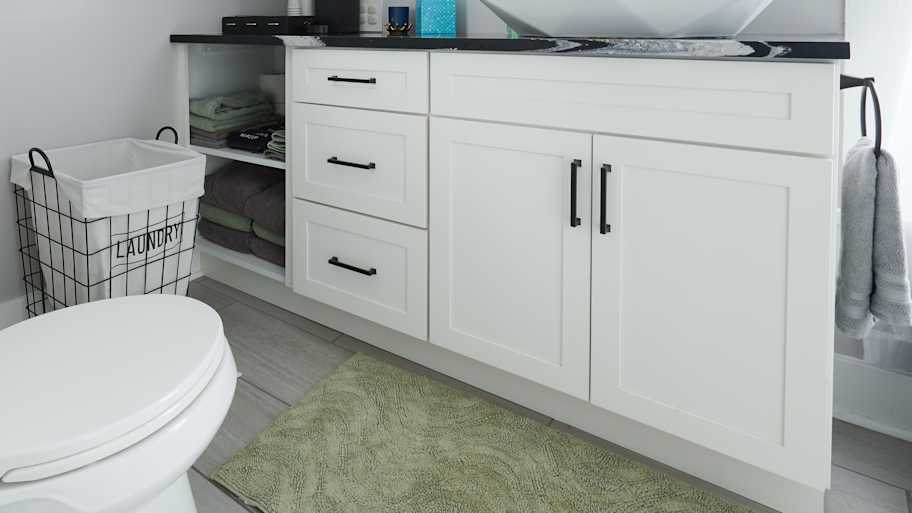
- How to Paint Furniture to Get Beautiful, Long-Lasting Results
- 11 Painting Tips and Techniques for Your Home Painting Project
- Do You Pay Painters Upfront for a House-Painting Job?
- When Is the Best Time to Paint Indoors? A Helpful Guide
- 11 Tips for Furnishing Your Patio to Make It Fresh, Fun, and Inviting
- How to Hire a Painting Contractor
- 10 Common Painting Mistakes Homeowners Should Avoid
- How to Paint Hardwood Floors for the Best Results
- The Biggest Home Painter Pitfalls To Watch Out For
- Essential Supplies to Paint a Room: What You Really Need







